How to use ohms law
Hi, i'm here to tell you how to use ohms law to figure out the resistance, voltage, or current of a circuit.
41
STEPS
TOOLS
Ohms law is a very common equation used in the field of electronics.
It is used to find the resistance, voltage, or current in a circuit. As long as you have 2 of those 3 things, you can find the third.
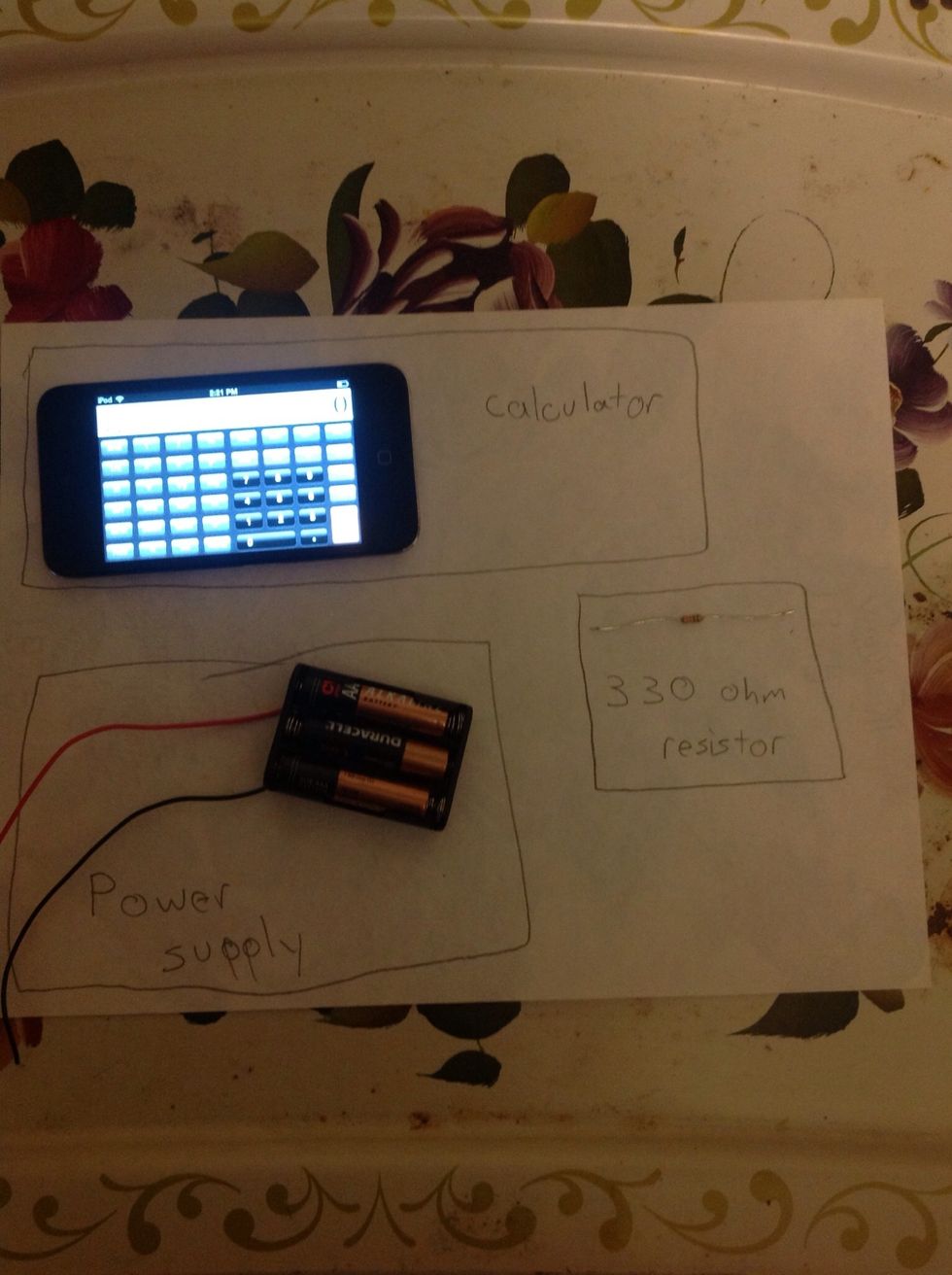
Gather the supplies you are going to need. In this case we are using a 330 ohm resistor.

The power supply I have selected is a three battery holder. All common batteries are the same amount of voltage. This includes AAA, AA, C, and D. They are all 1.5 volts.
We have three AAA batteries, three multiplied by 1.5 volts is 4.5 volts. We now have our voltage.
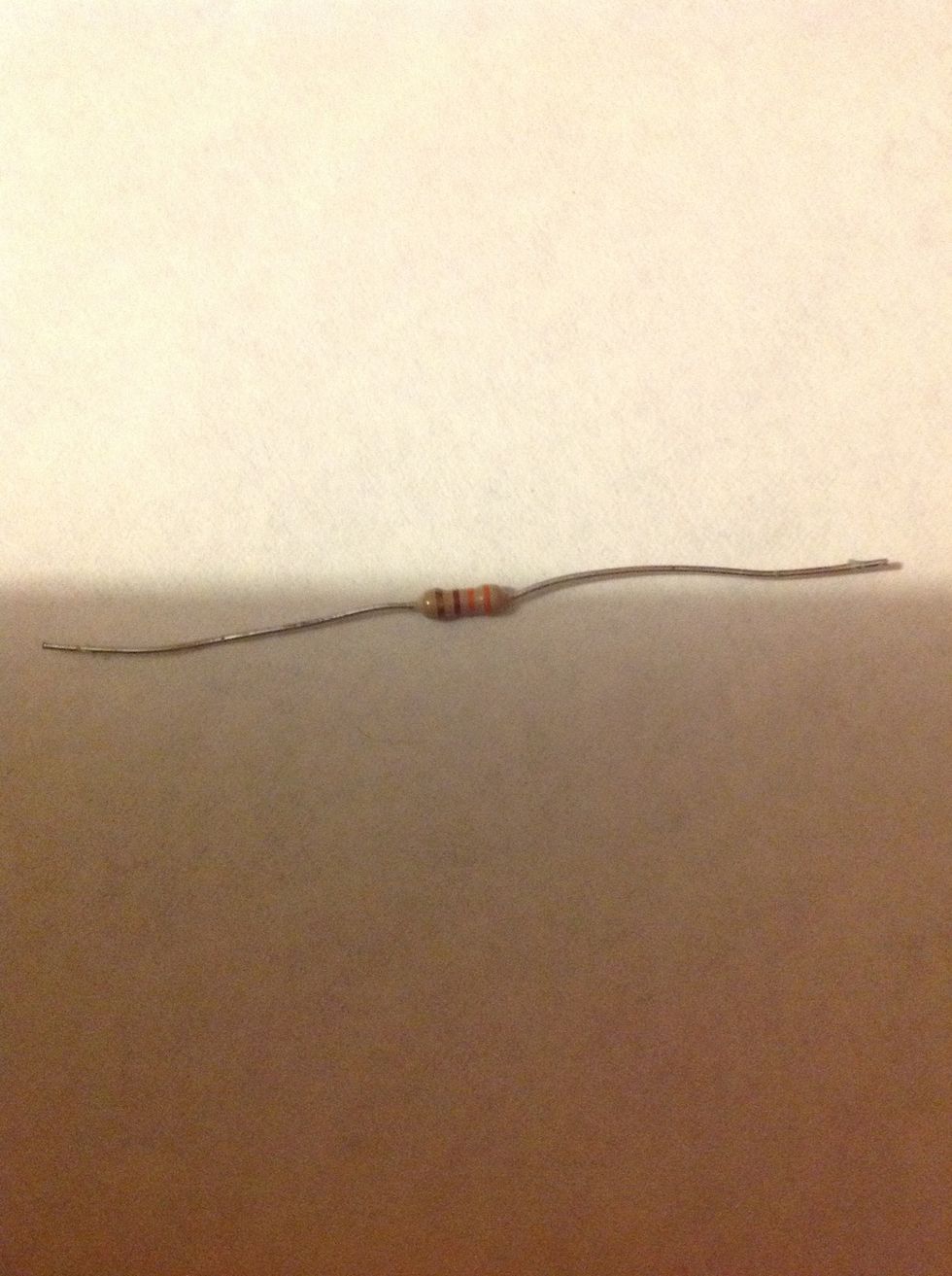
This is a resistor, I already mentioned that its resistance is 330 ohms.
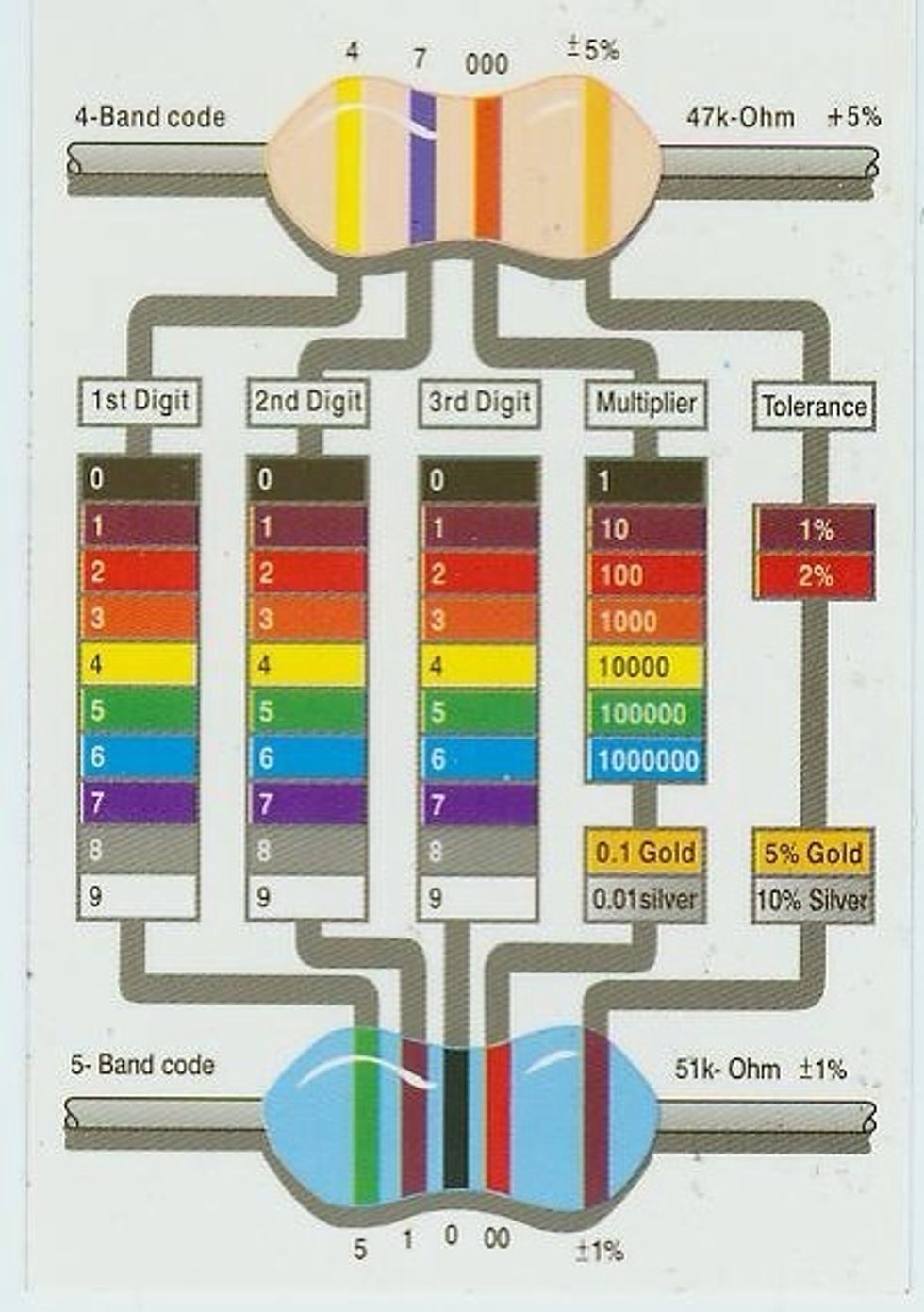
Here is a picture showing you how to read the resistor color code. Ignore the tolerance, that is not important for this.
Our resistor is orange, orange, brown. That means it is 33 with a multiplier of 1
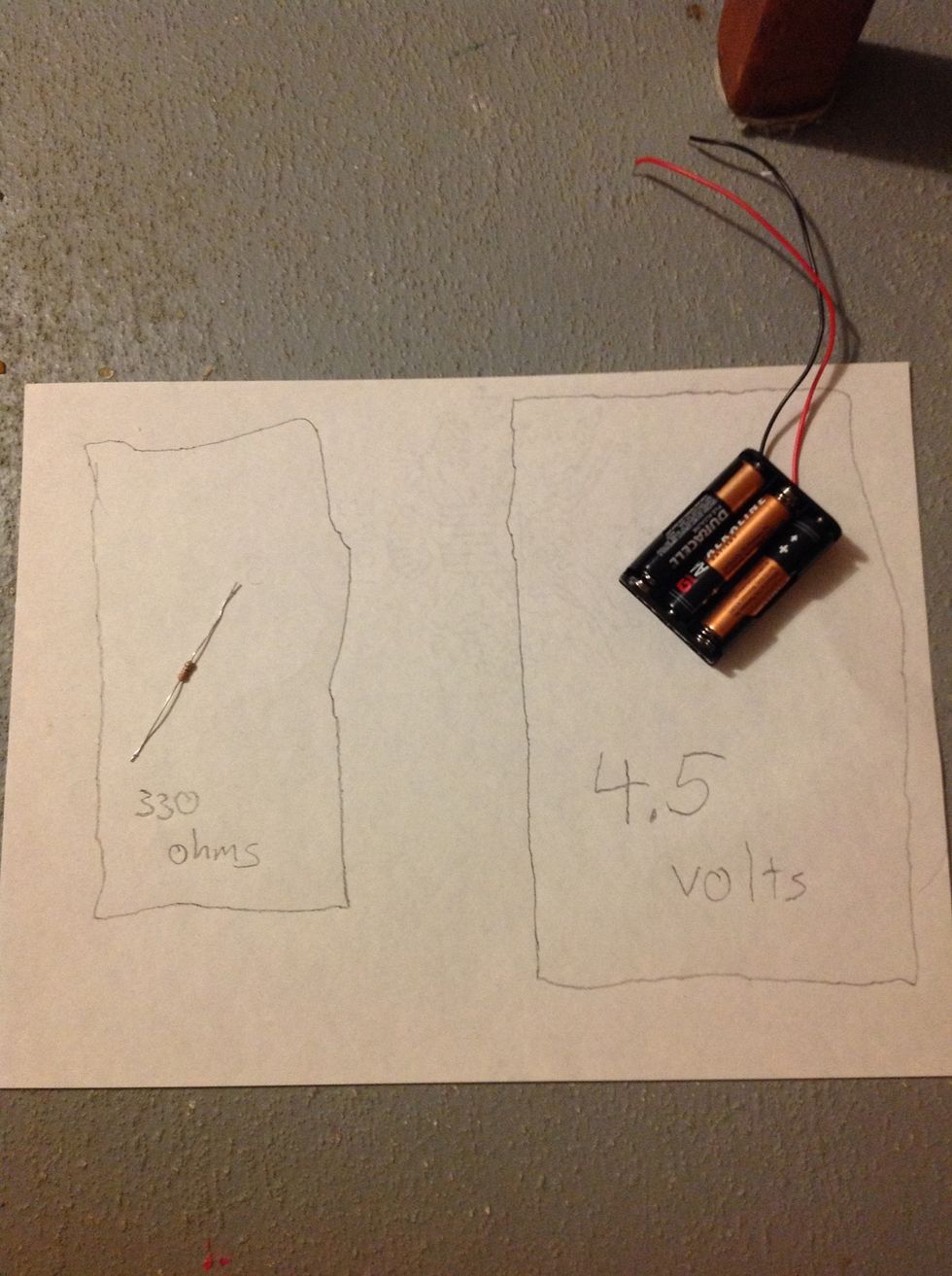
We now have two of the three things mentioned in step two. That means we can find the current.
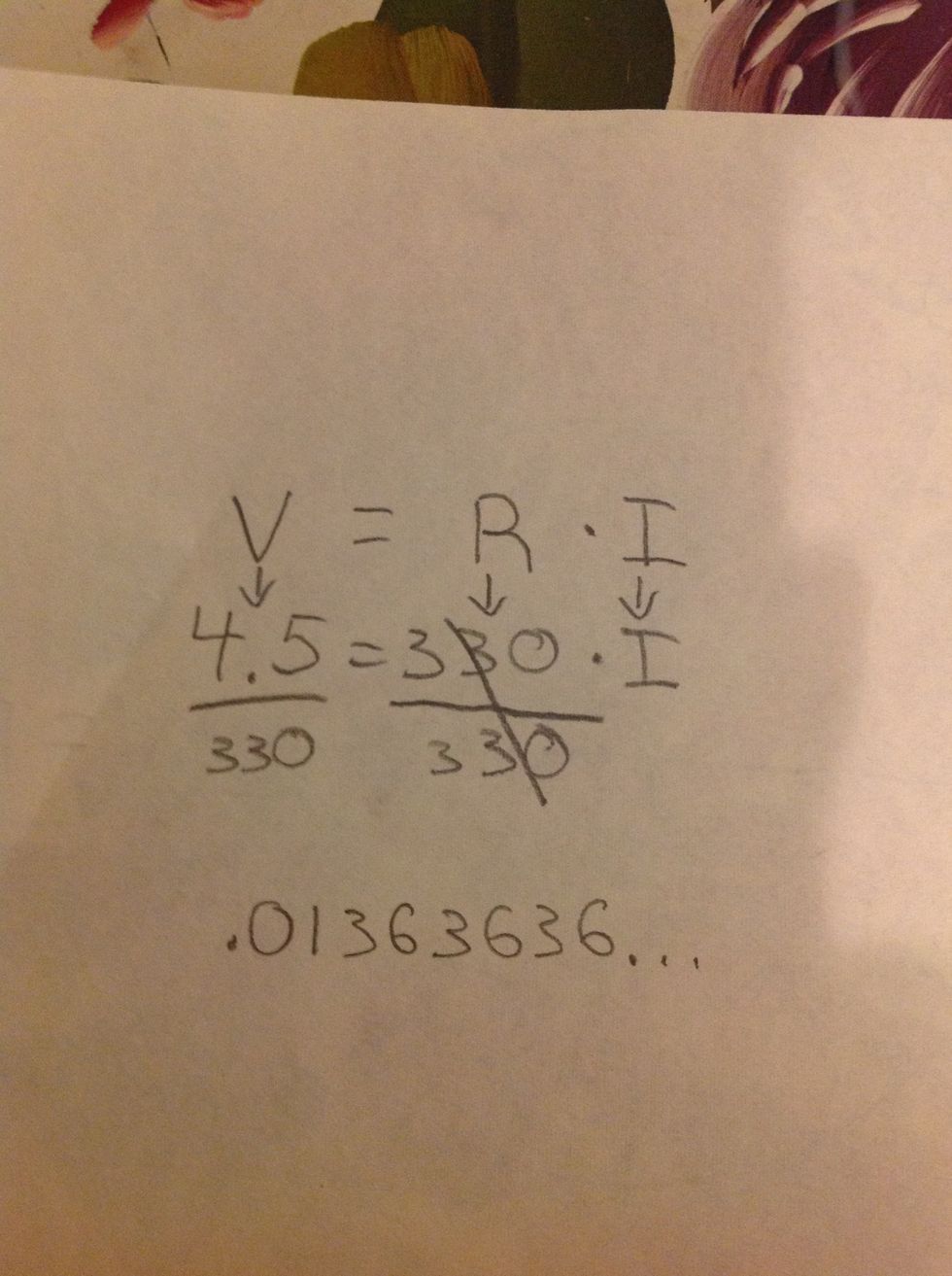
We plug in the numbers and get what seems to be a really long decimle. However what we are going to do is round the decimle to the nearest one-thousandth.
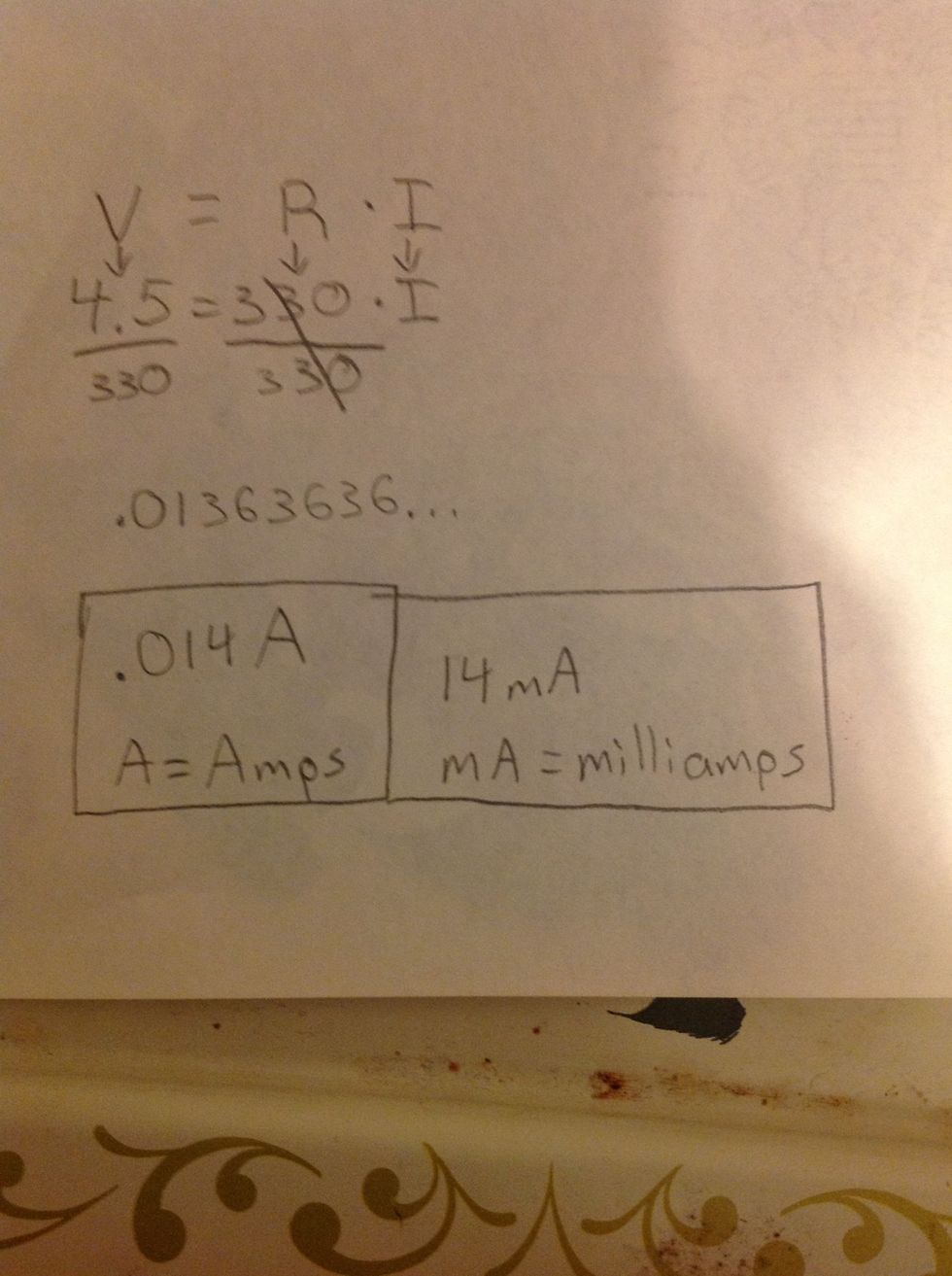
After we round in we get .014 amps (current is measured in amps). A more common way to say our awnser though is 14 milliamps.
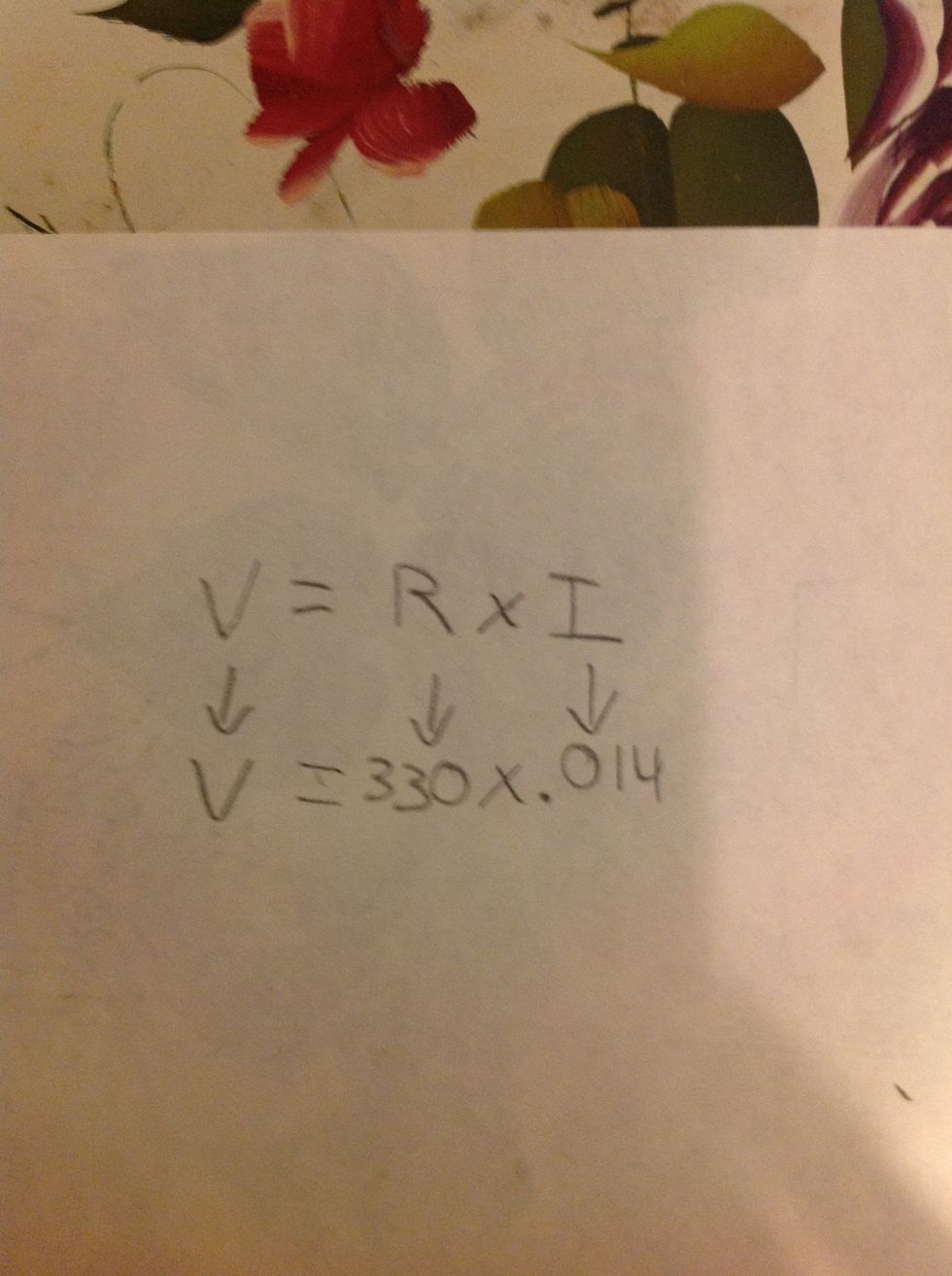
Lets check our awnser by takeing the current we just got and multiplying it by our resistance. If the circuit really had 14 milliamps in it then we should get a voltage close to 4.5 as our answer.
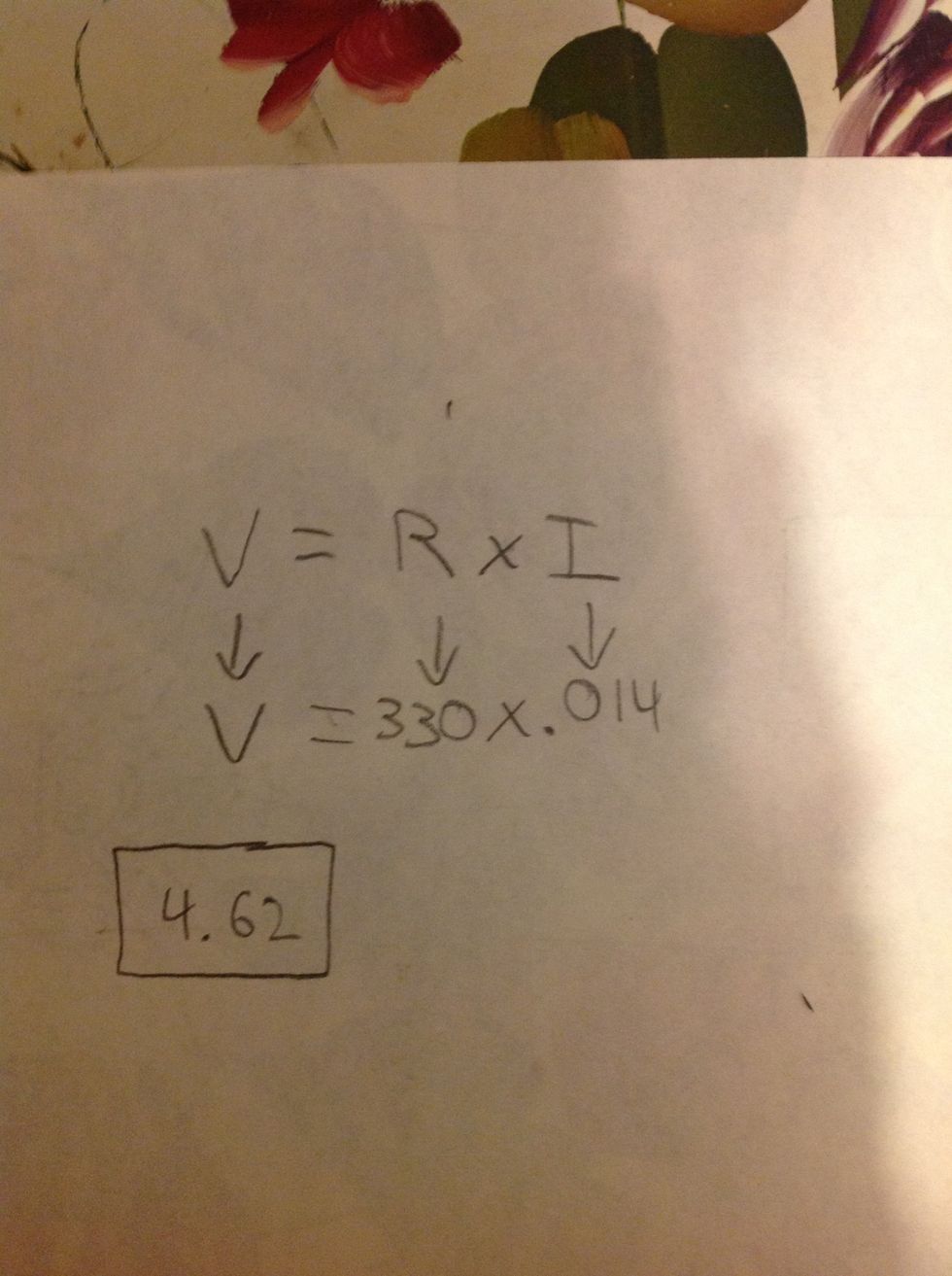
After multiplying it I got a voltage of 4.62. The reason we did not get an exact voltage of 4.5 is because 14 milliamps is not the exact current going through the circuit. Remember? We rounded it.
I hope this tutorial helped, don't forget, most batteries are 1.5 volts. But if you are not sure, it will say somewhere on the battery.
- 1.0 calculator
- 1.0 power supply
- 1.0 resistor
The Conversation (0)
Sign Up